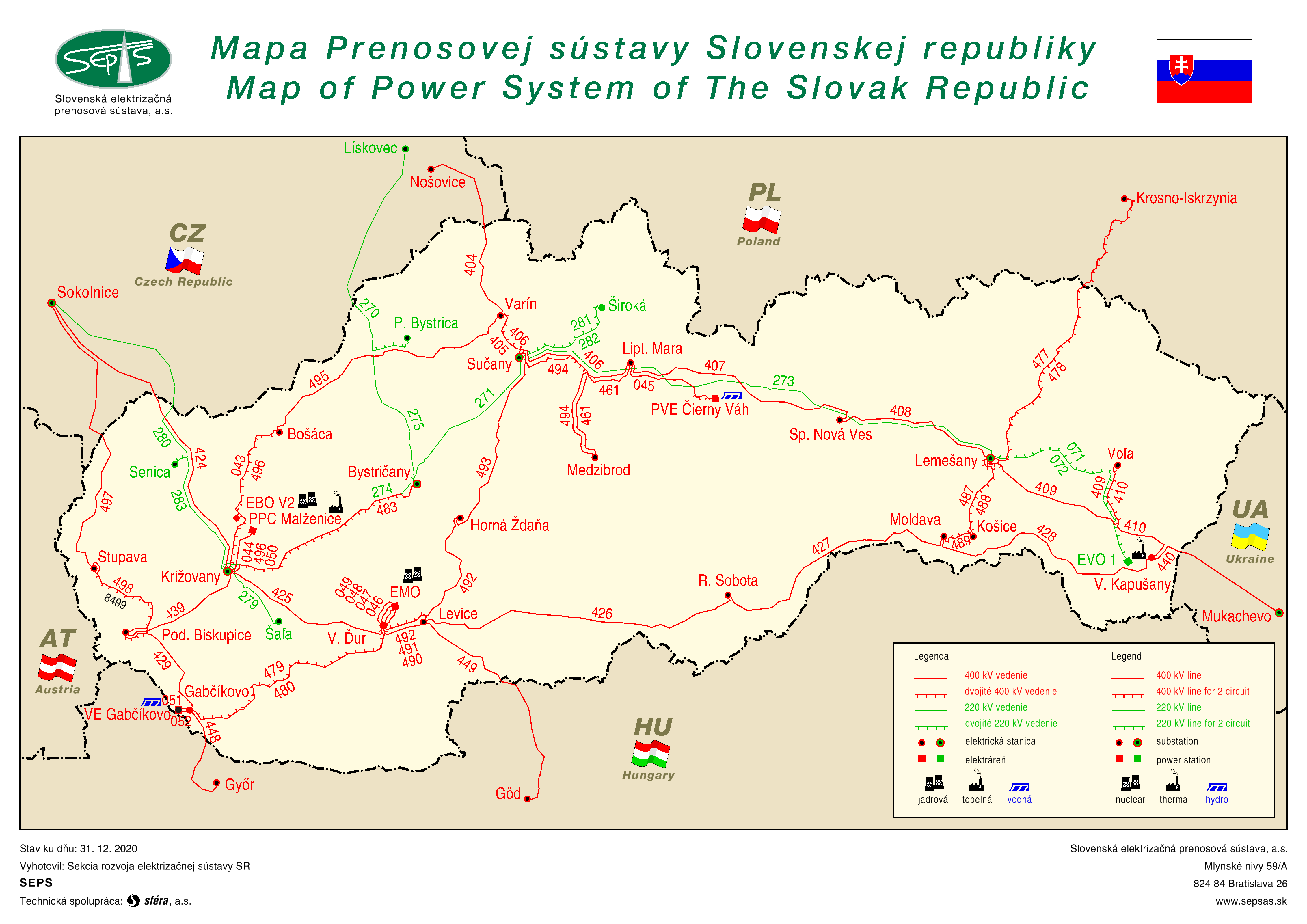Hydro is not a realistic option for large sections of the world.
I live in Texas. We don't have enough water flow volume to probably even meet 1% of demand. Many of the rivers we have are relative trickles between intermittent floods. Of the "mighty rivers" of Texas....
Red River near De Kalb (near the point it flows past Texas border) - Long term median flow 7600 cfs (USGS) (Shared with Oklahoma)
Rio Grande near Eagle Pass - 2403 CFS (Wikipedia) (Shared with Mexico)
Brazos near Rosharon - 8390 CFS (Wikipedia)
Trinity at Trinity Bay - 6368 CFS (Wikipedia)
Colorado at Bay City - 2609 CFS (Wikipedia)
Sabine at Sabine Lake - 8400 CFS (Wikipedia) (Shared with Louisiana)
Even in the Pacific NW, where I was born and raised, hydro does not meet demand. And flow is highly seasonal - there is next to zero rain in June, July and August. Average outflow at the mouth of the Columbia is 265,000 CFS and upstream of Portland it is dammed for hundreds of miles, yet that doesn't meet demand. Most large tributaries of the Columbia are also extensively dammed, I grew up in the Willamette Valley and there are literally dozens of dams on the Willamette and it's tributaries.
Brazil and other parts of tropical South America, sure, it can probably meet all demand.
Average inflow of the Parana River at the lake impounded by Itaipu Dam - roughly 300,000 CFS, and 90% of the time is over 8000 cubic meters/sec, aka, 282,517 CFS. Source: Brazilian Govt. https://www.itaipu.gov.br/en/energy/parana-river
And none of this even mentions the ecological impact - modern flood control and power generation have decimated fish runs, especially salmon in my native Pacific NW.
I live in Texas. We don't have enough water flow volume to probably even meet 1% of demand. Many of the rivers we have are relative trickles between intermittent floods. Of the "mighty rivers" of Texas....
Red River near De Kalb (near the point it flows past Texas border) - Long term median flow 7600 cfs (USGS) (Shared with Oklahoma)
Rio Grande near Eagle Pass - 2403 CFS (Wikipedia) (Shared with Mexico)
Brazos near Rosharon - 8390 CFS (Wikipedia)
Trinity at Trinity Bay - 6368 CFS (Wikipedia)
Colorado at Bay City - 2609 CFS (Wikipedia)
Sabine at Sabine Lake - 8400 CFS (Wikipedia) (Shared with Louisiana)
Even in the Pacific NW, where I was born and raised, hydro does not meet demand. And flow is highly seasonal - there is next to zero rain in June, July and August. Average outflow at the mouth of the Columbia is 265,000 CFS and upstream of Portland it is dammed for hundreds of miles, yet that doesn't meet demand. Most large tributaries of the Columbia are also extensively dammed, I grew up in the Willamette Valley and there are literally dozens of dams on the Willamette and it's tributaries.
Brazil and other parts of tropical South America, sure, it can probably meet all demand.
Average inflow of the Parana River at the lake impounded by Itaipu Dam - roughly 300,000 CFS, and 90% of the time is over 8000 cubic meters/sec, aka, 282,517 CFS. Source: Brazilian Govt. https://www.itaipu.gov.br/en/energy/parana-river
And none of this even mentions the ecological impact - modern flood control and power generation have decimated fish runs, especially salmon in my native Pacific NW.

